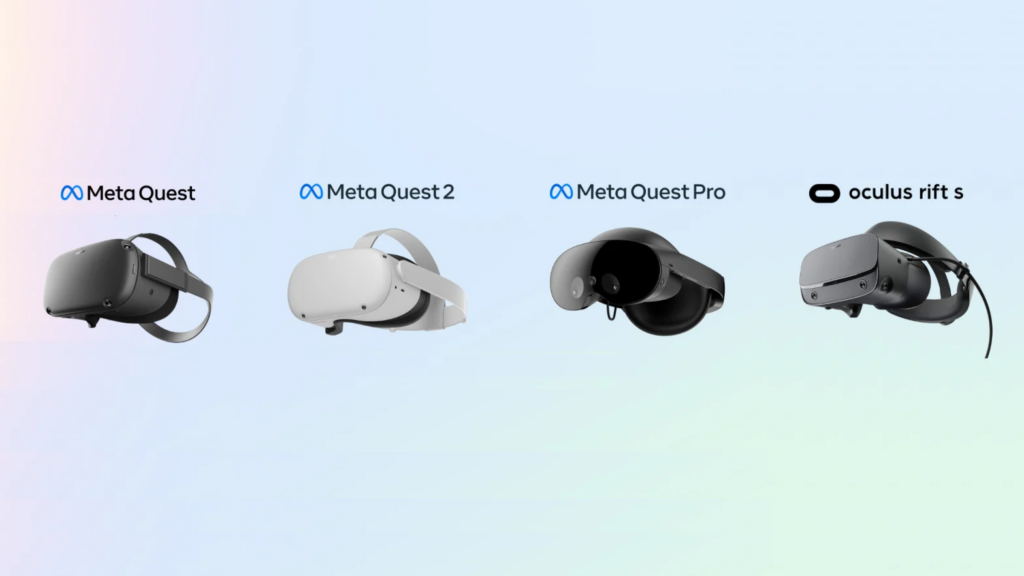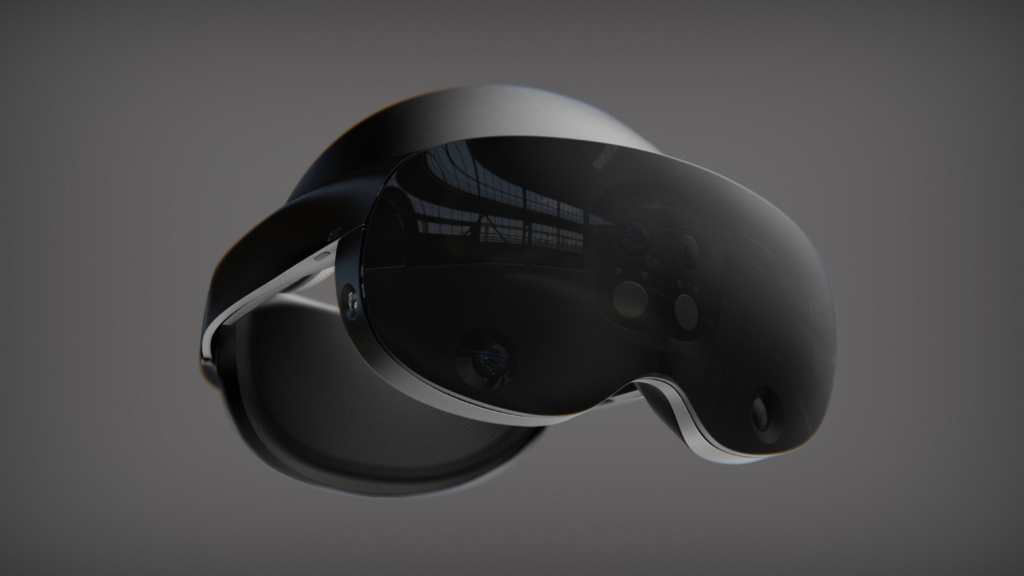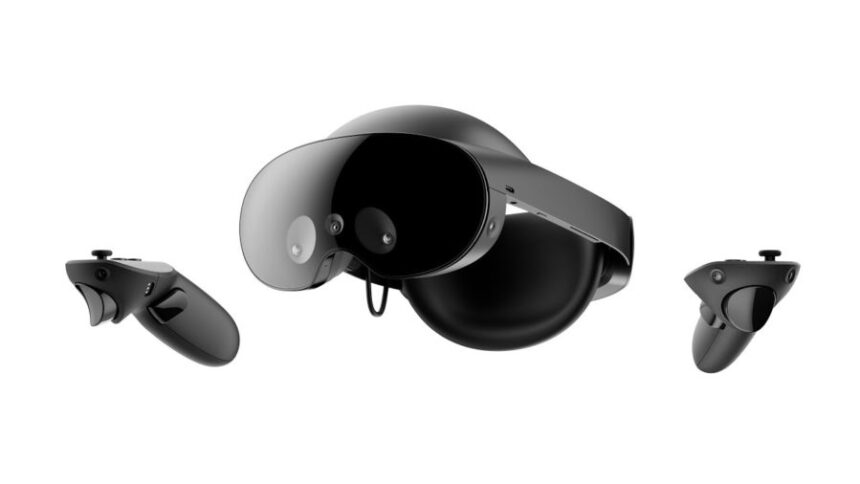Meta, formerly known as Facebook, is ramping up its efforts to bring augmented reality (AR) and virtual reality (VR) to the masses with the launch of budget-friendly AR/VR devices. The tech giant unveiled the Quest 3S, a more affordable version of the Quest 3 headset, and teased its next big project—Orion smart glasses. These advancements reflect Meta’s ambitious vision of transforming how people interact with digital content and the real world through mixed-reality experiences.
What’s Happening & Why This Matters
Quest 3S: VR for the Masses
Meta’s latest announcement features the Quest 3S, a budget-friendly headset aimed at making virtual reality more accessible to new users. Starting at $299, the Quest 3S delivers many of the same features found in the higher-end Quest 3, but at a lower cost. Mark Zuckerberg emphasized the company’s mission to “bring the Quest 3 family to a lot more people,” highlighting Meta’s ongoing push to expand VR adoption.
While the Quest 3S offers a similar VR experience, it achieves the price cut by using a lower-resolution fresnel lens (1832×1920 pixels) compared to the more advanced pancake lenses in the Quest 3. It also has a slightly reduced field of view, but retains key features such as hand-tracking and color passthrough, enabling users to blend the digital and physical worlds.
This mixed-reality functionality is central to Meta’s strategy, allowing users to interact with virtual icons and windows in real-world environments. For those new to VR or looking for a cost-effective upgrade, the Quest 3S provides an entry point into Meta’s vision of the future. Pre-orders are now open and the device will ship starting October 15.

Project Orion: The Future of Augmented Reality
Beyond VR, Meta is setting its sights on augmented reality with Project Orion, a new smart glasses concept that could redefine how people interact with technology. Unveiled at the Meta Connect conference, Zuckerberg described Orion as the “most advanced glasses that the world has ever seen.” These glasses aim to bring the same mixed-reality features found in VR headsets into a sleek, wearable device.

Orion glasses use miniature projectors to beam light into custom lenses, displaying digital images, icons, and windows without blocking the user’s view of their surroundings. The technology promises to offer hands-free interaction, allowing users to control the interface through voice commands, hand gestures, and eye-tracking.
While still in the prototype stage, Project Orion represents Meta’s long-term vision for a future where AR could replace traditional screens like smartphones and PCs. The glasses are expected to evolve over the next few years as Meta refines the hardware and software, but the company remains optimistic about the device’s potential.
TF Summary: What’s Next?
Meta’s latest ventures in augmented reality and virtual reality underline the company’s commitment to mixed-reality experiences. With the launch of the Quest 3S and the development of Project Orion, Meta seeks to make AR/VR more accessible to everyday users while improving how we interact with digital content. As these technologies strengthen, they have the potential to remake work, play, and connecting in the digital world. The next few years will be crucial for Meta as it continues to refine its products and turn its ambitious AR/VR vision into reality.


